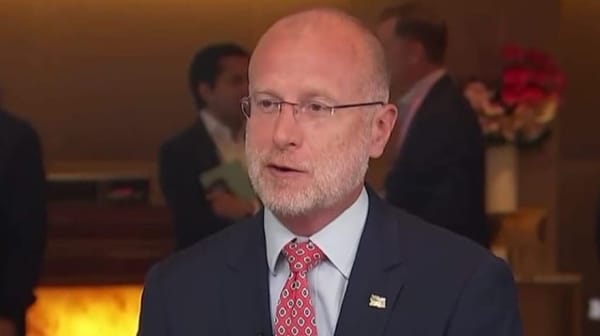Harman Announces She Will Resign House Seat; Departure Has Implications on D-Block
WASHINGTON, February 9, 2011 – Rep. Jane Harman (D-CA), a nine-term House veteran and member of the subcommittee on Communications, Technology and the Internet, announced Tuesday she would resign her post later this month to head the Woodrow Wilson Center for Scholars, a think tank in Washington, D.
WASHINGTON, February 9, 2011 – Rep. Jane Harman (D-CA), a nine-term House veteran and member of the subcommittee on Communications, Technology and the Internet, announced Tuesday she would resign her post later this month to head the Woodrow Wilson Center for Scholars, a think tank in Washington, D.C.
“[T]he distinction of representing the smartest constituents on earth will never be surpassed nor will my relationships with my exceptional staff and colleagues in Congress,” Harman wrote in an e-mail to her constituents. “But shaping and leading the Wilson Center is a thrilling new challenge.”
The departure of the Blue Dog Democrat, who also sits on the Committee on Homeland Security, adds to a multitude of existing question marks over the future of the D block, an issue on which she was active.
The D-block is a 10 Mhz swath of radio spectrum for which the FCC attempted to auction licenses in 2008. Bids failed to meet the Commission’s reserve price mainly over concerns that the buyer may have been required to share parts of the spectrum with the public safety communications infrastructure originally recommended by the 9/11 commission. The issue is currently in a legislative limbo, as interests battle to either reallocate the D-block primarily to public safety, or to share the block between public safety and commercial carriers.
Harman is a strong supporter of fostering a public-private partnership between public safety and commercial carriers in the D-block. She has also supported making the 7-year-old 9/11 Commission recommendation of a nationwide interoperable public safety network a reality.
Last year, Harman introduced the Next Generation Public Safety Device Act. The act was designed to lower the high cost of Public Safety handsets and bring them into the 21st century, facilitating coordination on-the-ground between first responders as well as allowing them access to data banks, fingerprint records, and streaming video.
The Act would have authorized a $70 million grant competition to develop and build prototype devices for the 700 MHz spectrum. The certification of these devices would allow for interoperability between different emergency services, giving first responders more options, and lowering the cost for communications. That bill died in committee.
Recently, Sen. John Rockafeller (D-WV) introduced legislation related to the issue. The Public Safety Spectrum and Wireless Innovation Act, would reallocate the spectrum as well as providing for $11 billion for the construction, maintenance, and operation of the public safety network.











Member discussion